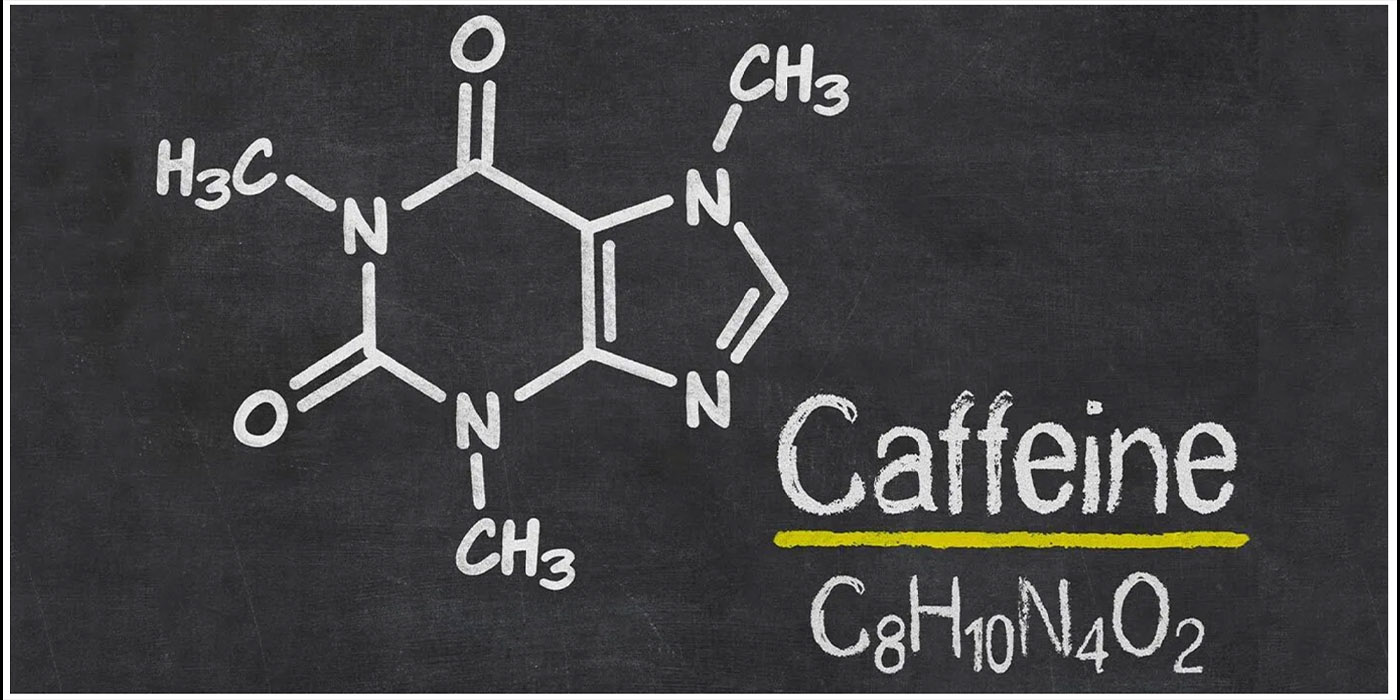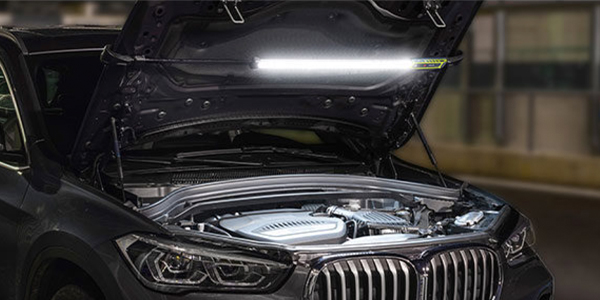Advanced Driver Assistance System refers to a wide array of active and passive technologies designed to aid the driver in comfort, safety, and efficiency. The safety of drivers, passengers, and pedestrians has been enhanced thanks to these measures. Sensors, cameras, radars and software play a role in the vehicle’s precise operation. ADAS features include autonomous emergency braking, blind-spot recognition, adaptive cruise control, park assist, and lane departure warning. The automotive industry has significantly benefitted from artificial intelligence (AI).
The growth of the vehicle sector and new technologies are driving the ADAS market, according to Straits Research. Urbanization, industrialization, improved living standards and adoption of autonomous vehicles are projected to boost the ADAS market over the research period. Driver carelessness and mistakes cause most accidents. Road traffic accidents kill 1.3 million people annually. ADAS reduces traffic congestion and road accidents and increases car and pedestrian safety.
Growing Market Demand for Safety Features, Greater Convenience, and High Efficiency
By supporting the driver through artificial intelligence and other cutting-edge technologies, the sophisticated driver assistance systems prevent distraction and lessen pressure on the driver. The application of such systems in automobiles has expanded due to the quick adoption of cutting-edge technology in software algorithms, mapping, computers, cameras, and sensors. To improve the security of drivers and passengers and reduce traffic deaths, automakers are incorporating driver assistance technologies into their vehicles. The demand for ADAS in the automobile sector is gradually rising due to these safety features and high-efficiency elements.
Demand for driver assistance systems is growing globally due to rising disposable income and people’s growing preference for luxury, better safety, and comfort amenities in their automobiles. Furthermore, ADAS integration in entry-level and mid-sized vehicles has become a must for all automotive manufacturers because of numerous government laws, generating significant revenue for the sector.
Stringent vehicle safety standards
Increasing awareness regarding car safety ratings and reducing component costs due to the extensive deployment of cameras and radars will be essential growth factors for the ADAS market. Major OEMs are implementing ADAS technology to attain more outstanding safety ratings to attract more consumers. Because of this, top OEMs either standardize safety systems across all models or provide them as extra options. Thus, the increasing penetration of sophisticated driver assistance system features will increase the demand for components such as radar, cameras, ultrasonic sensors, and LiDAR over the forecast period.
Growth opportunities for the global advanced driver assistance system market
The emergence of self-driving vehicles
The deployment of self-driving cars is expected to alter commuting. ADAS technology has considerably decreased driving complexity with lane monitoring, emergency braking, stability controls, and others. Autonomous cars use advanced technologies and systems such as ultrasonic sensors, LiDAR, radar, and high-definition cameras to acquire data. An autonomous driving system processes this information to ensure safe vehicle operation. Tesla, Volkswagen, Ford, GM, and Waymo will release fully autonomous vehicles in the following years. Nissan said in March 2018 that ProPILOT would be available in 20 vehicles by 2022. With a greater emphasis on autonomous driving technologies, OEMs will be able to include additional cruise control features and enhanced safety systems for semi-autonomous vehicles.
Regional analysis of the global advanced driver assistance system market
The market is divided into North America, Europe, Asia-Pacific, and the rest of the region.
With a market share of 37.1% in 2021, North America has the largest share. The development of the automobile industry’s technology and significant businesses in the area are the main drivers of this region’s growth. Additionally, the region’s economy has grown along with the greater adoption rate of new technology. The market is expanding because of the rising mortality rate and high-end vehicle sales in nations like Canada and the US.
The Asia-Pacific area is anticipated to grow more quickly during the forecast period. The expanded use of cutting-edge electronics and the enormous volume of automobiles produced in nations like Japan, China, and South Korea are two factors that have contributed to the region’s expansion. Government programs that encourage OEMs to enter the market include the adoption of emergency brake systems and adaptive cruise control systems. Many European and American automakers, including Mercedes-Benz, Volkswagen, and General Motors, have relocated their manufacturing facilities to these nations.
Key Highlights
- The global market for advanced driver assistance systems was valued at USD 12.76 billion in 2021, and it is anticipated to reach USD 57.90 billion by 2030 at a CAGR of 18.3%.
- The global market for advanced driver assistance systems is broken down into four parts based on type, technology, vehicle type, and region. Further, the type segment is divided into Parking Assist systems, Adaptive Front-lighting, Night Vision systems, Blind Spot Detection, Advanced Automatic Emergency Braking systems, Collision Warning, Driver Drowsiness Alert, Traffic Sign Recognition, Lane Departure Warning, and Adaptive Cruise Control. The Adaptive Cruise Control segment dominated the market.
- The market is classified based on technology: Radar, LiDAR, and Camera. Radar technology dominated the market.
- According to vehicle type, the market is broken down into Passenger Cars and Commercial Vehicles. The passenger cars segment dominated the market.
- Based on region, the market is divided into North America, Europe, Asia-Pacific, and the rest of the world. North America dominates the market.
This article first appeared in AftermarketNews.





